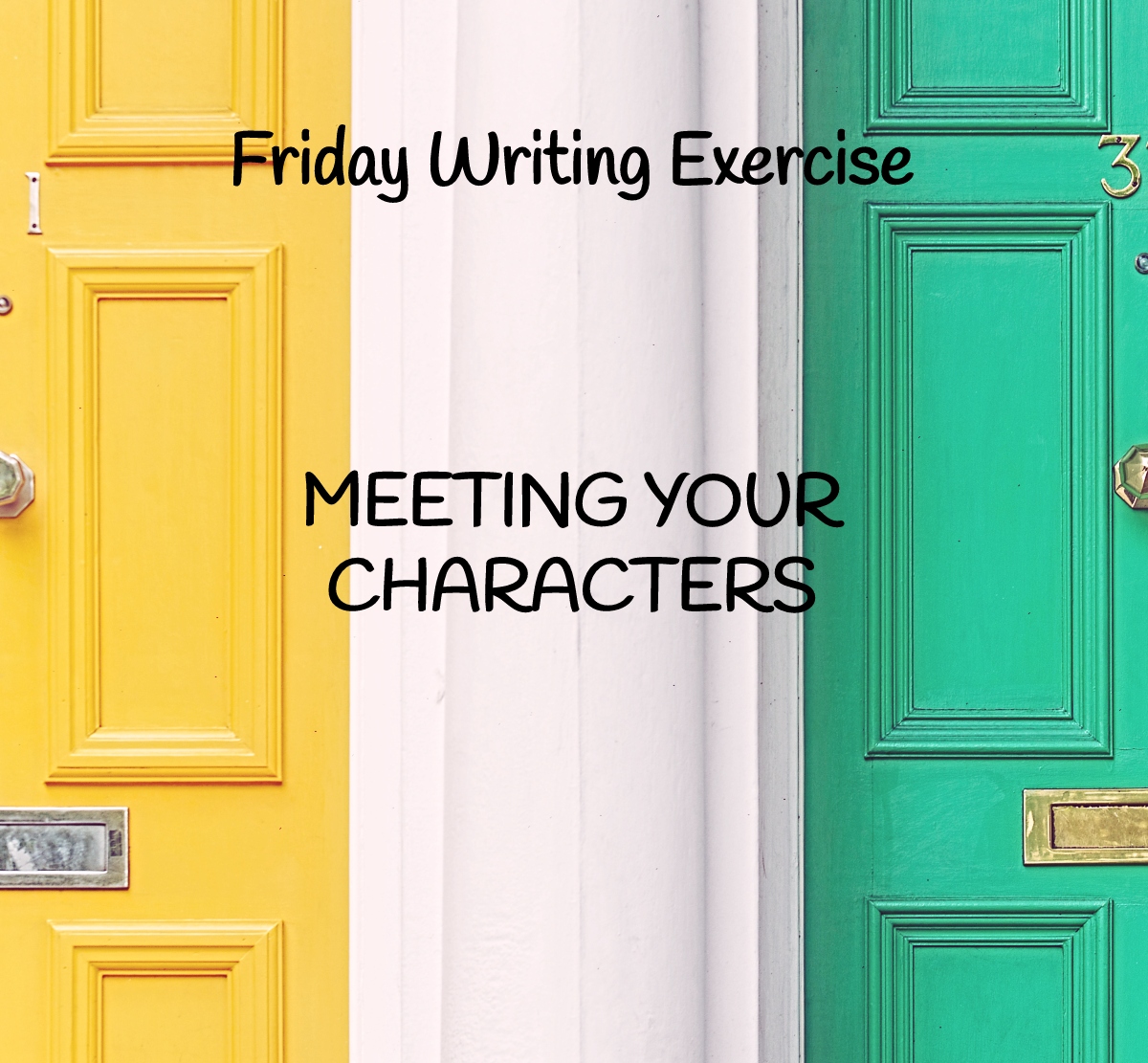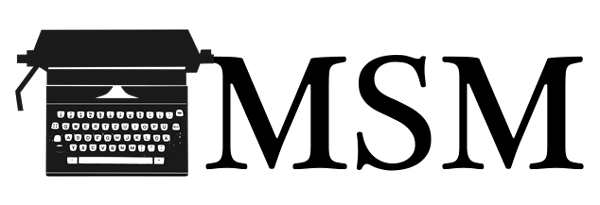Waxing Poetic
If you’ve ever read Charles Dickens, you will have noticed that he often goes on and on. And on. And on. The most well-known reason for this excessive time spent on description is that Dickens was paid by the word. Therefore, like so many college students after him, he tended to expand upon each point to a nauseating extreme.
These days, articles or short works to be published in magazines may have a required word count, but short stories and longer works are more flexible. A writer is paid by the article, by the story, by the book, etc. Waxing eloquent is more or a less a thing of the past and is often frowned upon now. Breaking from your story to describe your character’s face in great detail is seen as a faux pas rather than literary.
But don’t let this stop you from waxing poetic.
Description, lyrical and flowing description, is a powerful ability of words. Every story needs it, just not quite in the way you might think. In most cases, the way you spend time describing things in your work depends on the context. Sometimes it makes sense to stop and describe a character’s eyes for an entire paragraph, the lines around the edges, the creases of the skin, the freckles that seemed to cross the bridge of the nose from one eye to the other.
Timing and relevance is all-important. Think of these moments as detailed close-ups in movies; they don’t work all the time, but sometimes they’re like pulling the audience back to the reality of the character within the flow of the story. Don’t hold back from focusing on these moments. In rewriting, some of these glorious poeticisms may be cut from the story, but some may turn out to be nicely timed gems.
Dozens of well-meaning advisories will disagree. But your drafts are your own.
Experiment.
Be extra.
Dickens it up.
Wax poetic.
You might just discover something new in your writing style.
The Thing About ‘Futuristic’ Names
We’re not psychic, or very few of us are, and, if we were, we wouldn’t be focusing on that random woman’s baby name list while the world is ending in several natural disasters. We don’t know what futuristic names would actually be like and that means ‘futuristic’ name suggestions are either gibberish versions of current names or just no significant change in names, in most cases.
For near-future fiction, set in America for example, it makes sense for a good chunk of the population to have those gibberish names like Jessielle or Skyleigh because that’s a trend happening now, as is the extra respelling of original names (as in from Ashley to Ashleigh) or pop culture inspired names or even names with extra vowels and more obscure consonants (Xzavier or Ayla come to mind). Fiction set in the next 100 to 200 years should match some of the current baby name trends, especially for older characters, and then a reasonable extension of that for the generations they created. For fiction set way further ahead, it’s not a predictable kind of variable. But that doesn’t mean we should always expect the future to come with men named Liyam and women named Jexa.
Of course, this all depends on how ‘realistic’ your fiction is. If you’re set in some fantasyland far far away, where current real-life names don’t even matter then that’s all a moot point. There are, however, rationalities to be considered. While tossing out a bunch of scrabble pieces and writing down whatever comes up may seem like a thoroughly original thought (it’s not), it will produce more gibberish and less character.

For Pity’s Sake, Consider Your Reader
Xionamus Azander may look bomb on your computer as you type but who the heck is gonna want to try to pronounce that? Out loud? Multiple times? In excited discussion? Remember that ‘Hermione’ was enough to baffle many readers when Harry Potter first came out. If you’re going the extreme Scrabble points route, take pity on the readers and give the dope a nickname at the very least. Xionamus can become Xion – because I’m sure even his parents would get very tired of saying ‘Xionamus.’
Consider the Consistency
You probably shouldn’t name the male character Xionamus Azander and surround him with a red shirt named Smith, a love interest named Amy, and a dog named Spot (bonus suck-points for just foreign language names like Juan the red shirt, Aika the girlfriend, and a dog named Tache). There needs to be consistency. Not all the same kind of names – like not all variations of Xion or Azander – but similar enough to be reasonable in your setting: Xionamus Azander, with Melba Kase, Tray the red shirt, and Dax the dog. Melba Kase may not be as extra as Xionamus but they sound like people more likely to find each other in the same room than Xionamus and Amy do. However, a woman named Amy could fit in a different kind of future, with people named something like Fry and Hermes.
Don’t Get Caught in the Void
Remember that your characters are people, not walking spelling disasters. Don’t get caught up in extravagant ridiculous names and forget to build & explore the actual character. Xionamus Azander sounds great but it’s just a name unless you remember to write him. Whether he’s a space captain with a love of hot dogs and a fear of insects or a kid who dreams of exploring the ocean and hates sweaters, Xion is a person you’re writing about and should be treated as such. They’re not just little pawns with gibberish names who just have something happen to them and then it’s fixed and then it’s all good and Xion has saved the day (even though it was probably really Melba). So don’t write them that way. Otherwise, this story is really going to suck.
Friday Writing Exercise: Meeting A Character

As a student I was fortunate enough to attend a Eugene O’Neill student day; O’Neill was a playwright and, though my scripts weren’t that well received, I did pick up a few writing techniques for any kind of writing form. One exercise in particular was used to create and ‘meet’ one’s characters, letting the imagination do most of the work.
In the adapted exercise below the goal is to meet the character without overworking the conscious mind but instead using the visual abilities of your subconscious.
The first step of the exercise is to visualize a door – no edits, just let your mind pick the color and the type and the door knob and the shape and anything else. Once visualized, describe the door, either aloud (perhaps into a recording app, so you can keep the image inside your mind with closed eyes) or in writing. While visualizing the door is still a great way to do the exercise, I have also simplified the process with a Pinterest board full of all kinds of doors. Whether one matches with your character or one inspires a new character, the board is there to help motivate the exercise.
After discovering your door, knock. Or ring the doorbell. Or use the knocker.
Describe who opens the door, in detail. This is the perfect place and time for info-dumping.
The exercise can extend to an interview with the character, and it can go on for any depth or any amount of time. Remember this is not a story scene. This is an exercise for you to build your character into a person.
To jumpstart the exercise this Friday, here is a door featured on my Pinterest board:
Example:
(c) My Marrakesh
Part 1: This door is down a bright alley; it’s a soft light pink shade, without a handle on the outside, and with a knocker at about eye-level, not too far right from a solitary keyhole. The door is also arched, featuring circular decorations lining the wall above it. A light brown stone arch overhangs the door; the arch is modeled with two columns on the side and a crest of sorts at the center on the top. Description can continue for as long as you want and can span as far wide as you want – including the area of the town or the time of day or the weather conditions or even how you came to find this door.
Part 2: In this case, there is a knocker available, so imagine you used it to knock on the door. The door is opened – who opened it? What do they look like? How old do they look? What are they wearing? What is their face doing (Were they expecting you)? Ask their name and take in some basic information. What is their name? How does their voice sound? How old do they say they are? Do they tell you their real age immediately? Is this their house? Is this a public building? If it is their house, do they live here alone? Who with? If not their house, what is this building? Why is there no knob on the outside of the door? The interview can go as long as you see fit, answering any or all questions you need answered.
The beauty of this exercise is the pressure it takes off of your conscious mind to develop a character and it provides a mental space for you to find your character(s) and interact with them outside of your story. Conducting mental interviews with your characters while narrating aloud might seem slightly strange but, if you really want to be a writer, you have to be okay with being strange.
Comment Below: Who did you meet behind the door? How did the exercise work for you?
Day One: A Brain Outlet
I have never been one for diaries or journals, despite the near-constant narration my mind supplies throughout my daily life. Whether I’m making a mental checklist, writing out a vignette from my day, or putting together little blurbs inspired by people, words, and scenes I witness in everyday life, words are my consistent companion.
I may not keep a diary, but you can bet I have a generous stock of notebooks. And I will probably buy more soon. Sometimes my train of thought switches track too quickly for a pencil; notebooks are my sidekick while I travel or while I’m drafting or while I’m writing lists. Even if your main writing medium is technological, as mine is, notebooks can serve as a fine outlet to scribble the mess of thoughts your mind keeps creating. Then you can digitize those scribbles as you decipher them.
There’s little doubt that we wordsmiths need a brain outlet, especially when between projects or struggling to start a new one. Here will be an amalgamation of writerly brain food – research, prompts, writing, creating, editing, little procrastinations, and many other creative stimuli. Most of all, My Storytelling Mind will be a writer’s resource, meant to both motivate and listen. Use the site purely for inspiration or information, or get involved in the conversation. Either way, MSM is here to support your creativity, your writing, and your imagination.
Stay tuned for daily prompts, world-building tips, inspirational posts, various research topics, and tricks to perfect your writing process.
